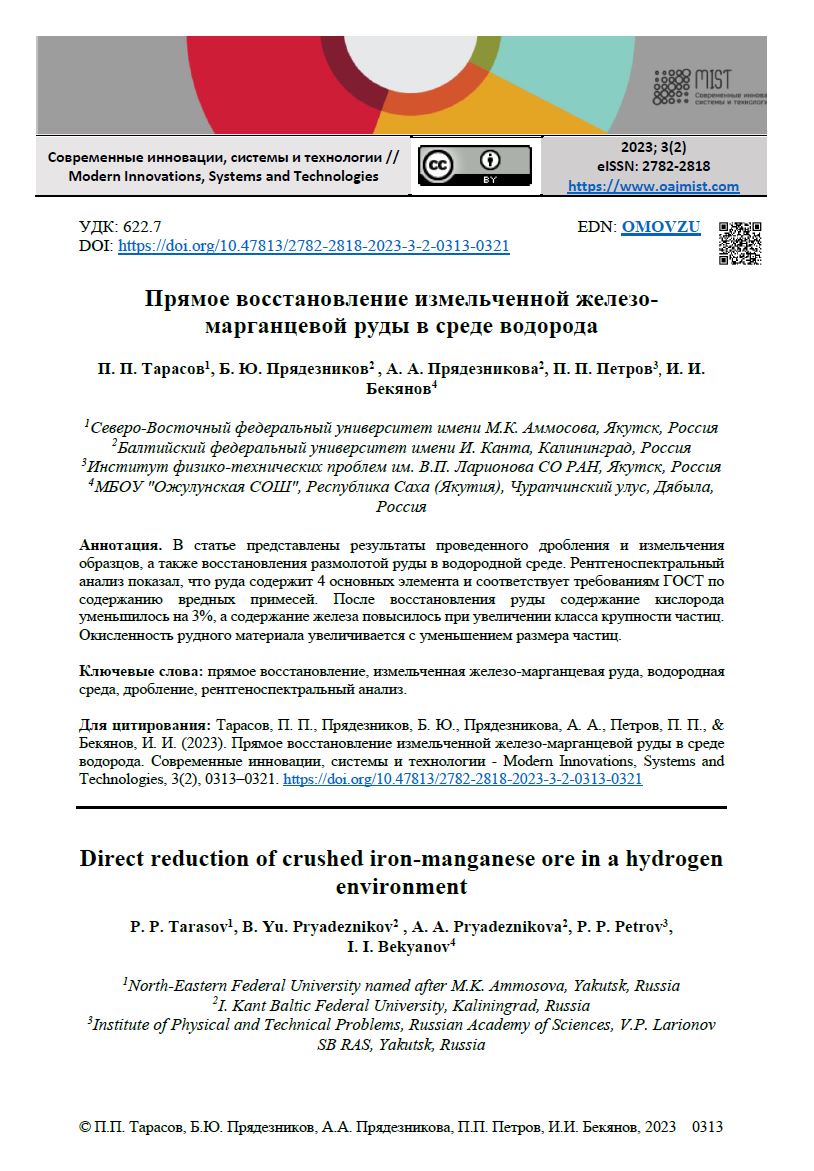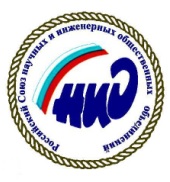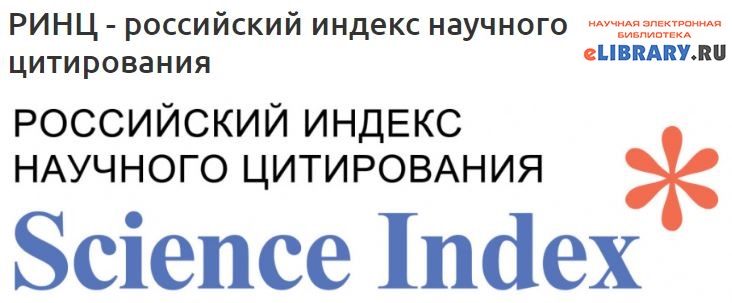Direct reduction of crushed iron-manganese ore in a hydrogen environment
DOI:
https://doi.org/10.47813/2782-2818-2023-3-2-0313-0321Keywords:
Direct reduction, crushed iron-manganese ore, hydrogen medium, crushing, X-ray spectral analysis.Abstract
The crushing and grinding of samples, as well as the reduction of ground ore in a hydrogen environment, were carried out. X-ray spectral analysis showed that the ore contains 4 main elements and meets the requirements of GOST for the content of harmful impurities. After the reduction of the ore, the oxygen content decreased by 3%, and the iron content increased with an increase in the particle size class. Oxidation of ore material increases with decreasing particle size.
References
Cecca С. Di., Barella S., Mapelli С. et al. Use of DRI, HBI in ironmaking and steelmaking Furnaces, Metallurgia Italiana. 2016; 4: 33-38.
Балдохин Ю.В., Корнеев В.П., Коваленко Л.В., Суздалев И.П., Колотыркин П.Я., Арсентьева И.П., Фолманис Г.Э. Низкотемпературное водородное восстановление гидроксида железа. Образование нанокластеров и наноструктур: Перспективные материалы. 2009; 6: 72-76.
ГОСТ Р 52939-2008. Руды железные товарные необогащенные. Общие технические условия.
REFERENCES
Cecca C. Di., Barella S., Mapelli C. et al. Use of DRI, HBI in ironmaking and steelmaking Furnaces, Metallurgia Italiana. 2016; 4: 33-38.
Baldokhin Yu. V., Korneev V. P., Kovalenko L. V., Suzdalev I. P., Kolotyrkin P.Ya., Arsentieva I.P., Folmanis G.E. Nizkotemperaturnoye vodorodnoye vosstanovleniye gidroksida zheleza. Obrazovaniye nanoklasterov i nanostruktur: Perspektivnyye materialy [Low-temperature hydrogen reduction of iron hydroxide. Formation of nanoclusters and nanostructures: Promising materials]. 2009; 6: 72-76 (in Russian).
GOST R 52939-2008: Rudy zheleznyye tovarnyye neobogashchennyye. Obshchiye tekhnicheskiye usloviya [Commercial iron ores unenriched. General specifications] (in Russian).

Downloads
Published
How to Cite
Issue
Section
License
Copyright (c) 2023 P. P. Tarasov, B. Yu. Pryadeznikov, A. A. Pryadeznikova, P. P. Petrov, I. I. Bekyanov

This work is licensed under a Creative Commons Attribution 4.0 International License.
The journal MIST - "Modern Innovations, Systems and Technologies" publishes materials under the terms of the Creative Commons Attribution 4.0 International (CC BY 4.0) license, hosted on the official website of the non-profit corporation Creative Commons: 
This work is licensed under a Creative Commons Attribution 4.0 International License.
This means that users can copy and distribute materials in any medium and in any format, adapt and transform texts, use content for any purpose, including commercial ones. At the same time, the terms of use must be observed - an indication of the author of the original work and the source: you should indicate the output of the articles, provide a link to the source, and also indicate what changes have been made























